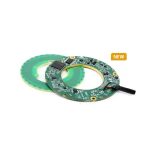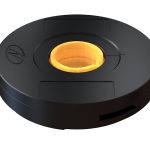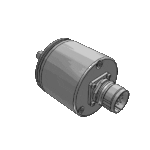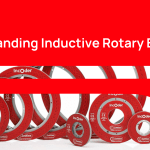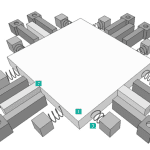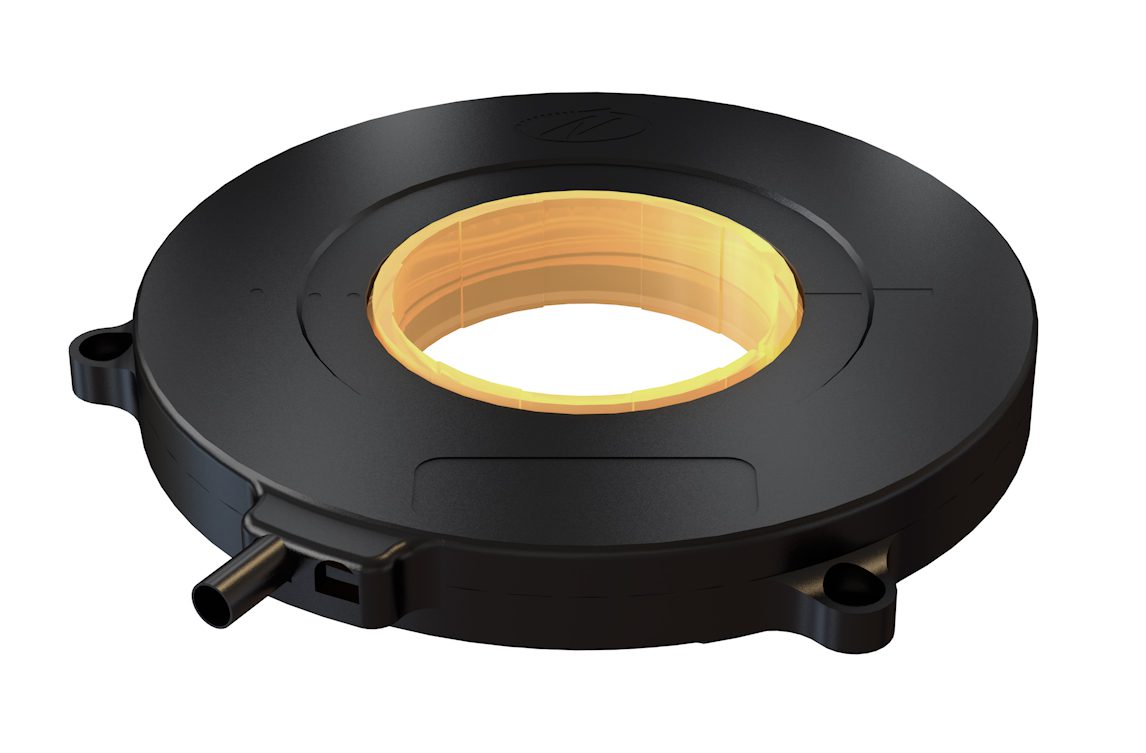
Netzer
Netzer DS-70
Part no.: Netzer DS-70
Key Features
• 70 mm diameter
• SSI, BiSS-C
• Up to 21 bit resolution
• High tolerance to EMI, RFI and magnetic fields
The DS-70 is a member of the DS series of Electric Encoders a product line based on Netzer Precision Motion Sensor proprietary technology. Lightweight, compact and high performance (19 bit resolution) these encoders provide unparalleled performance. The Electric Encoder is unique in being holistic, i.e., its output reading is the averaged outcome of the whole area of the rotor, This feature makes the Electric Encoder™ forgiving to mounting tolerances, mechanical wander etc. The absence of components such as ball bearings, flexible couplers, glass disc, light sources and detectors, along with very low power consumption makes the Electric Encoder virtually failure free. The internally shielded, DC operated Electric Encoder includes an electric field generator, a field receiver, a sinusoidal shaped dielectric rotor, and processing electronics. The output of Electric Encoder is a digital serial with absolute position single turn. The combination of precision, low profile, low weight and high reliability have made Netzer Precision encoders particularly suitable to a wide variety of industrial automation applications.
"*" indicates required fields

